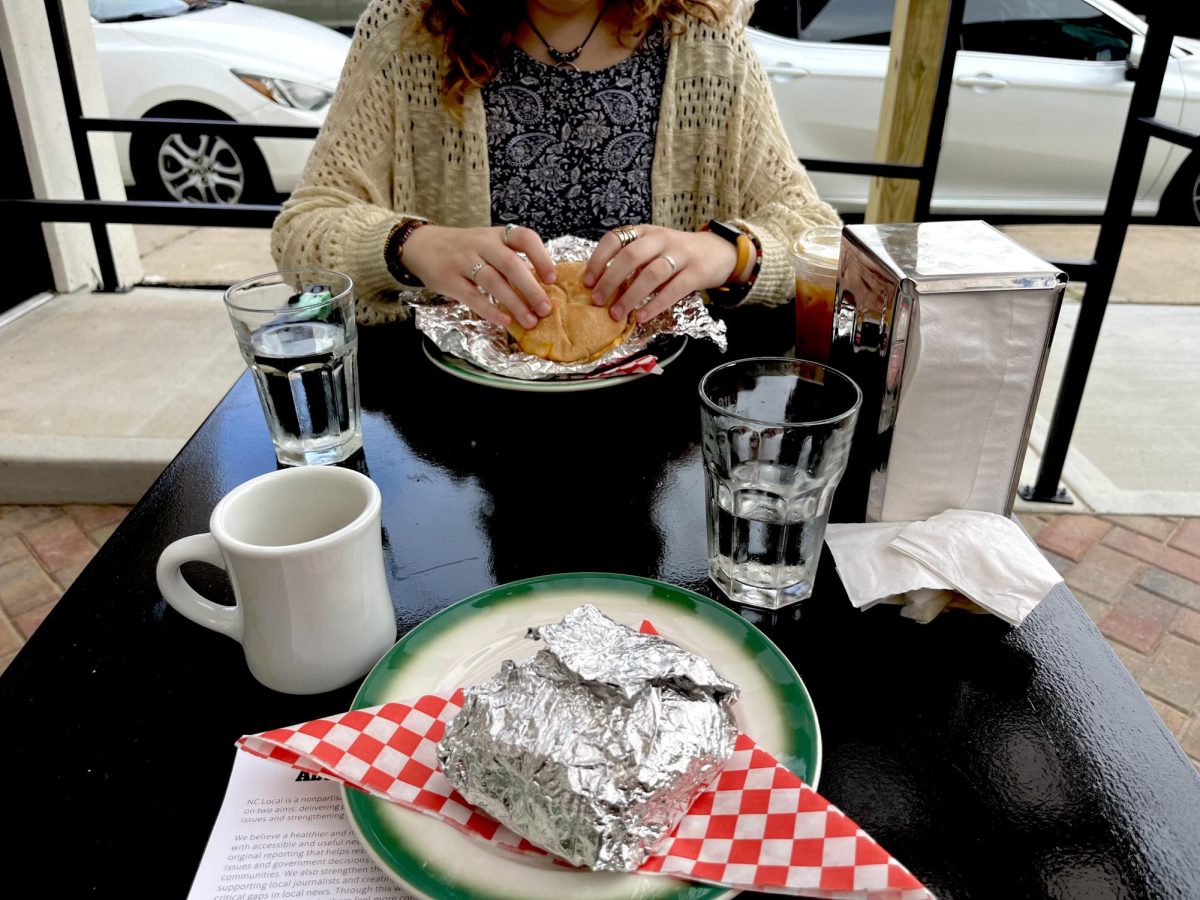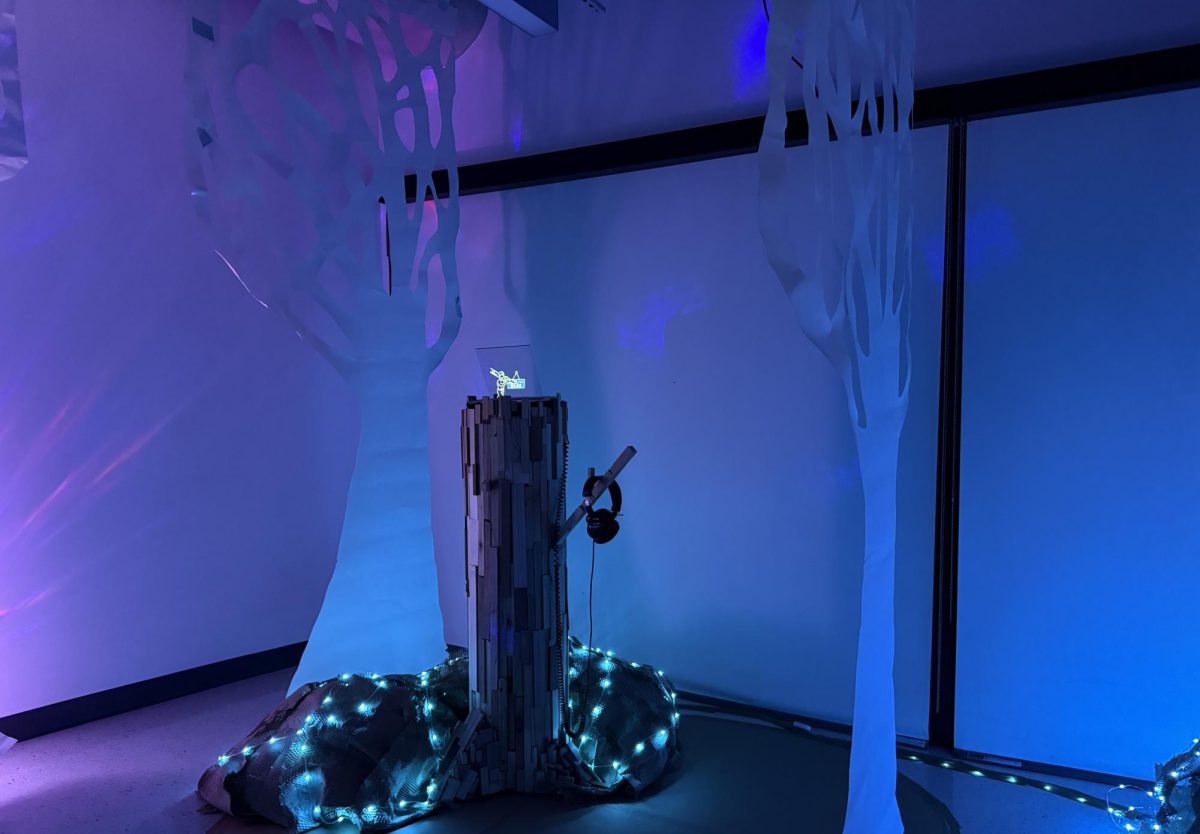
Karrigan Monk
A&F Staff Writer
[email protected]
The thought of damaged artwork makes some people cringe.
The thought of intentionally damaging art is even worse and yet doing so is becoming a trend in modern art.
This type of art, commonly known as glitch art, has come to Asheville in a new exhibition through the month of October.
The idea for the show began earlier this year after Jeff Mason saw a documentary about the death of film and the reluctance to use digital tools as his inspiration. Mason said he thinks Asheville is the perfect city for the exhibition as glitch art is unrepresented, but fits with the type of people who live in Asheville.
“This is digital art and relates to electronic more than organic, but people can start with any subject and take it as far into an abstract place as they want,” Mason said. “Part of the joy of the show for me is to see these images up on a wall next to each other in the physical world instead of just a tiny image on Instagram.”
Mason said he does not expect everyone to understand glitch art, stating how most people still do not understand cubism is good, even though it is over a century old.
Eric France, who has his piece “aurora glitch” on display at Revolve, admits even he does not really understand glitch art despite making it.
“Glitch art is kind of this expansive new art form that’s probably been around longer than people want to actually think about it, but it’s getting a lot of recognition lately and I think it can add a lot of dimension toward visual interest,” France said. “It kind of says something about how we exist in this cultural space we’ve created online. I don’t know what it says exactly, but it’s definitely trying to say something.”
Mason described glitch art as similar to when digital cable begins to get blocky, while his co-curator Lydia See gives a more technical definition.
“Glitch involves anomalies in the production of an image. Some people will maintain that those anomalies tend to be more in the digital realm,” See said. “I think the important thing to recognize is the image itself can be affected in any number of ways to still classify as being glitch. Glitch doesn’t have to specifically identify as being digital art or analog art.”
With an idea in his head, Mason needed somewhere to make it a reality. While talking with Colby Caldwell who runs Revolve Gallery, Mason mentioned the idea and Caldwell immediately offered up the space for an October exhibition.
Now having a space, Mason began searching for art to display.
“I wanted to feature work that was captured through error and digital technology is becoming so sophisticated,” Mason said. “Smartphones are ubiquitous and photography is egalitarian and I wanted a show that would encourage locals of all sorts to experiment with their photos.”
In order to be as unbiased as possible in choosing images, Mason built a jury of his peers to help him. Mason, See, Caldwell, Tate MacQueen and Jason Scott Furr, the five members of the jury, are all photographers with some type of teaching experience. Mason said they all brought different skills to the project.
Artists could submit up to five images for a $25 fee. The jury members saw the pieces and rated them on a scale of 1-5. The points were totaled and the highest scoring were placed in the gallery. Each artists who submitted a piece has something in the gallery. In all, 46 artists from 14 countries were chosen.
To spread the word, Mason commented and shared the open call on Facebook, Instagram and glitch artist’s profiles.
Hashtags also played an important role in getting #AVLGLITCH into the world, so much so they are part of the exhibition’s name.
Once the pieces were picked, Mason began to plan the opening of the exhibition. In order to show as many possible pieces and provide different viewing experiences, the exhibition is split between three different venues, See said.
The opening reception was held Saturday night at Revolve. An opening will also be held at The Asheville Darkroom on Friday. The final venue is The BLOCK off Biltmore, where the closing reception will be held on Oct. 29.
Later in the month, a panel discussion will take place at Revolve to talk about some of these ideas and other topics related to glitch art.
Mason said he hopes people become interested in the art and the process behind it when looking at the exhibition, perhaps even going on to experiment themselves. He looks forward to the future of art and technology.
“I like that digital art is still very new and these apps are super easy to use and have incredible filters and functions that you can manipulate in real time,” Mason said. “I think this form of art is capturing a way that technology is at this time. It will feel dated in the future, but for now it is documenting where we are at.”


![Brooke Pedersen [second from the right] and Luis Reyes [right] hold banners during the Wrap The Woods event.](https://thebluebanner.net/wp-content/uploads/2025/09/ELIZABETH_PRITCHITT_IMG_3470-1200x804.jpg)














